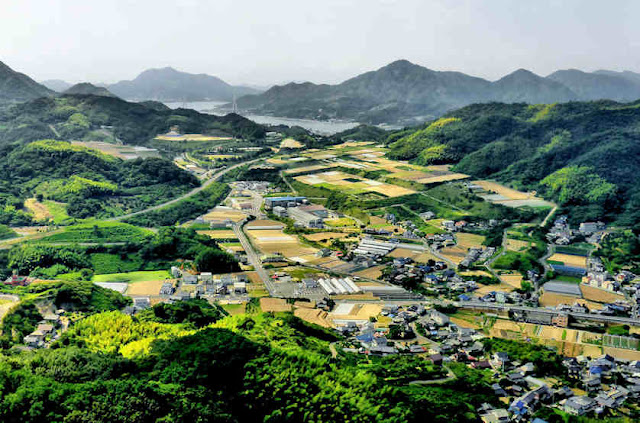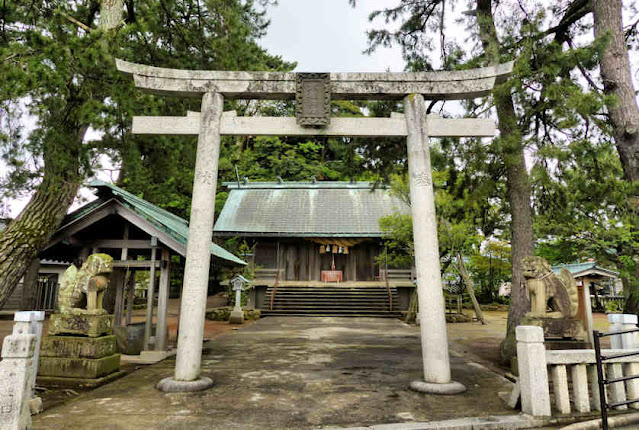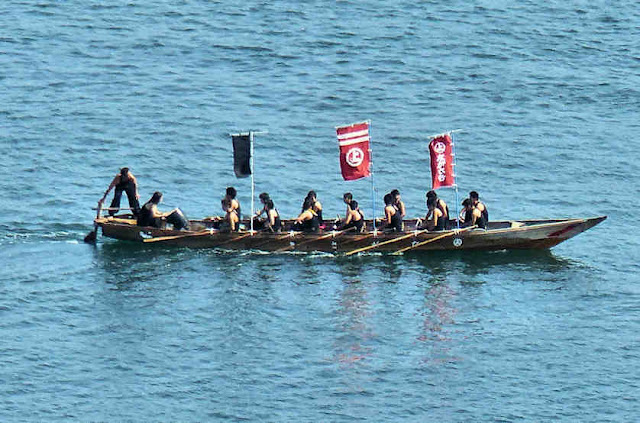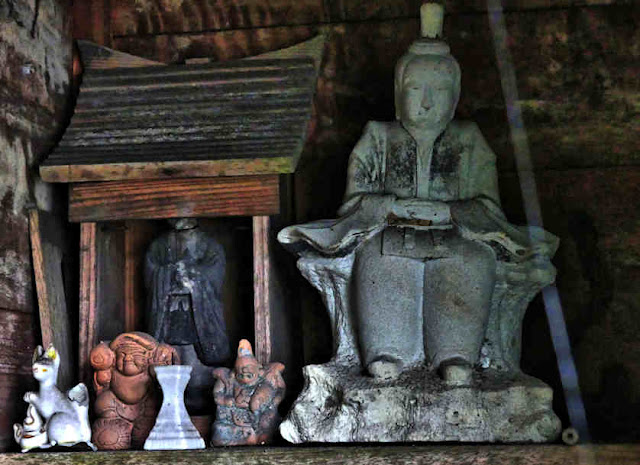Thursday, July 3, 2025
360 Degree Views from Mount Shirataki
Labels:
chugoku33,
hiroshima,
inland sea,
innoshima,
viewpoint
Wednesday, July 2, 2025
Suijin Shrine Saigo
Tuesday, July 1, 2025
Innoshima Suigun Sea Festival
Monday, June 30, 2025
Tatara Shrine Kawamoto
Right next to the shrine was a small wayside Buddhist altar, a not uncommon thing, finding the two together as they were less differentiated in former times.
Saturday, June 28, 2025
A Seaside Walk from Onomichi to Innoshima
Pedestrians and cyclists cross on the lower level below the road section. It was also the first suspension bridge on the Shimanami Kaido.
Subscribe to:
Posts (Atom)

































































